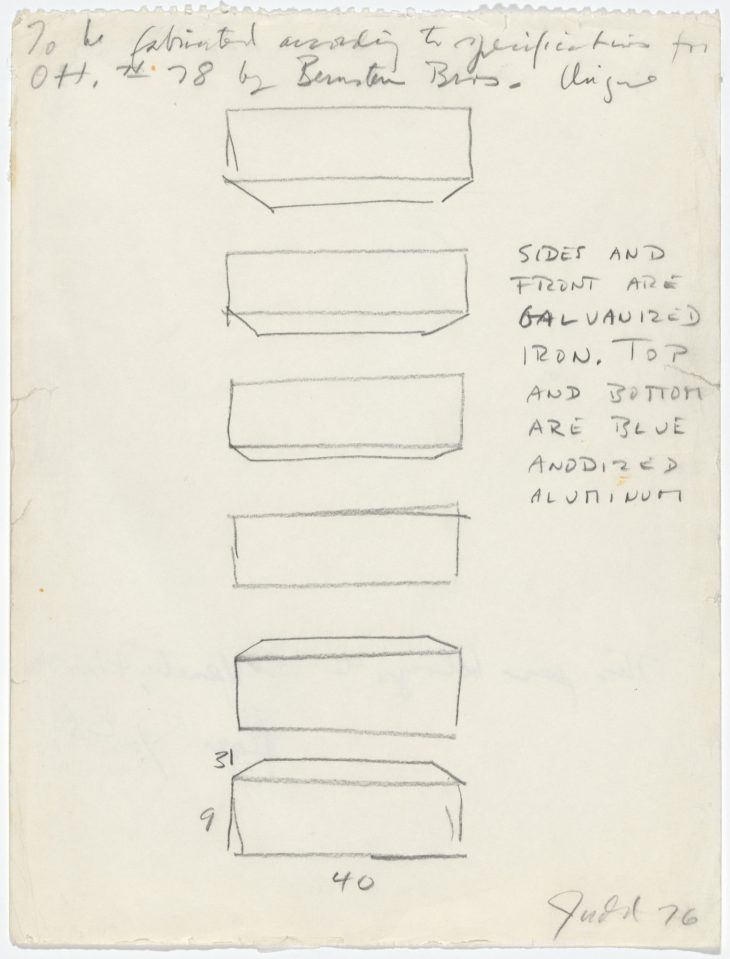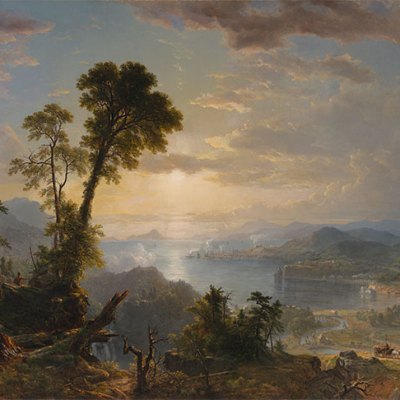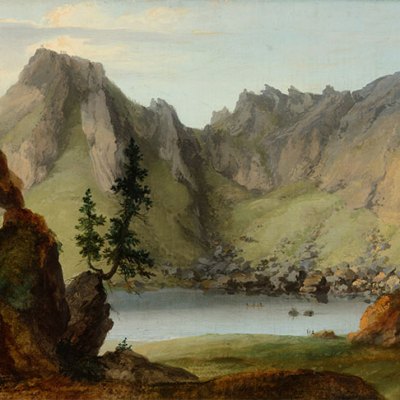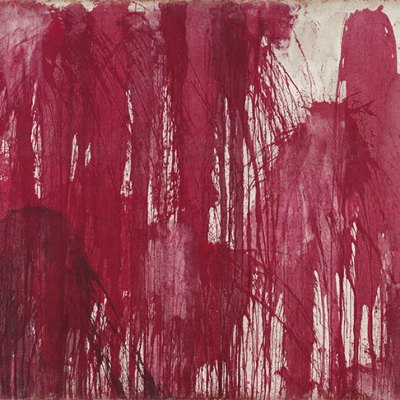A round-up of the best works of art to enter public collections recently
Louisiana Museum of Modern Art, Humlebaek
Who, When, How Often and with Whom? (2017), Cecily Brown
A retrospective charting the development of Cecily Brown’s sensuous abstractions from the late 1990s to the present is currently on view at Louisiana. In an act of gratitude, the London-born, New York-based painter allowed the museum to keep the work that lends the exhibition its title. The ten-metre-long painting was in part inspired, says Brown, by the aftermath of the ‘burkini affair’ in France in the summer of 2016, in which police instructed a woman at the beach to remove her burkini. An interview with the artist was published in the October 2018 issue of Apollo, and is available to read here.
Where, When, How Often and with Whom (2017), Cecily Brown

Mauritshuis, The Hague
St John the Baptist Preaching (1627), Pieter Lastman
For six months in around 1625, the young Rembrandt van Rijn studied in Amsterdam under Pieter Lastman, then the city’s leading history painter. Lastman’s depiction of St John the Baptist, swathed in bright light and gesticulating to an enthralled crowd, is an excellent example of history painting compositional techniques used by an artist in the circle known as the ‘Pre-Rembrandtists’, filling an important gap in the Mauritshuis’s collection.
St John the Baptist Preaching (detail; 1627), Pieter Lastman. Mauritshuis, The Hague
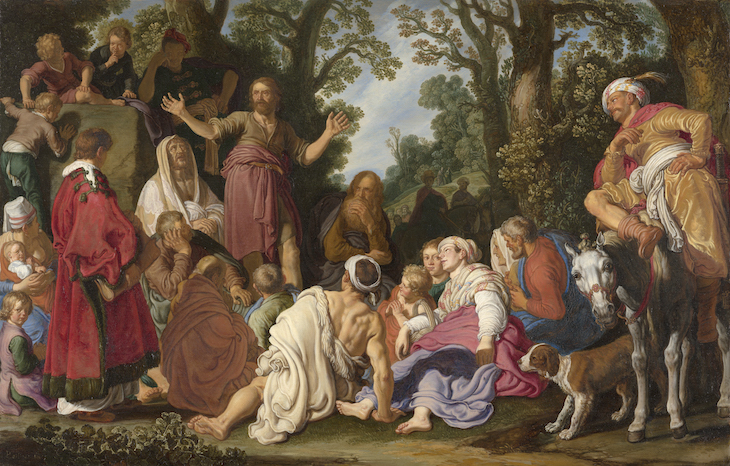
Foundling Museum, London
Isabella, Duchess of Manchester (1738), Andrea Soldi
Isabella Montagu was among the signatories of Thomas Coram’s first petition, presented to George II in 1735, proposing a hospital in London for abandoned infants, or ‘foundlings’. This likeness of the countess by Italian portraitist Andrea Soldi was among the works on show at the Foundling Museum’s recent exhibition, ‘Ladies of Quality and Distinction’, which explored the role of aristocratic women in the development of the hospital. It has been purchased, with help from the Art Fund and the Friends of Thomas Coram, among other donors, and will return to view in the museum’s Picture Gallery. For Jo Lawson-Tancred’s review of the exhibition in Apollo, see here.
Isabella, Duchess of Manchester (1738), Andrea Soldi. Whitfield Fine Art
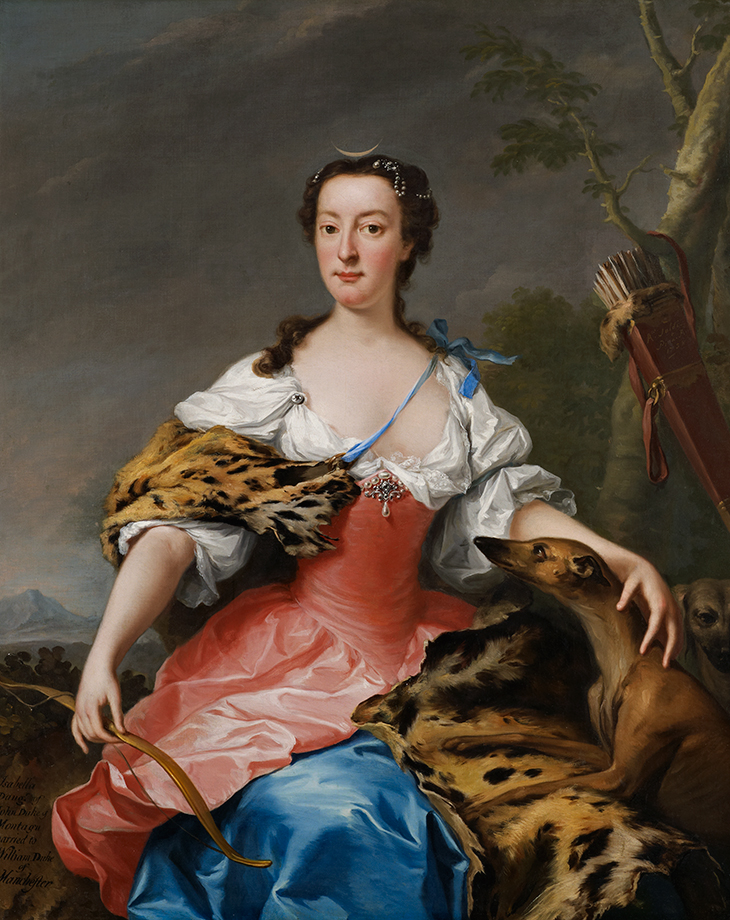
J. Paul Getty Museum, Los Angeles
Spring in the Alps (1897), Giovanni Segantini
Inspired by the French Neo-Impressionists’ investigations into the science of optics, which led to the painting technique known as ‘Divisionism’, the Milanese painter Giovanni Segantini developed his own idiosyncratic style. This panoramic view of the Alps – which the artist valued among his best paintings – is composed of long, thin brushstrokes of vividly conflicting colour, as opposed to Seurat’s pointillist dots. Originally commissioned for the San Francisco collector Jacob Stern, the painting now returns to California from a private collection in New York.
Spring in the Alps (1897), Giovanni Segantini. J. Paul Getty Museum, Los Angeles
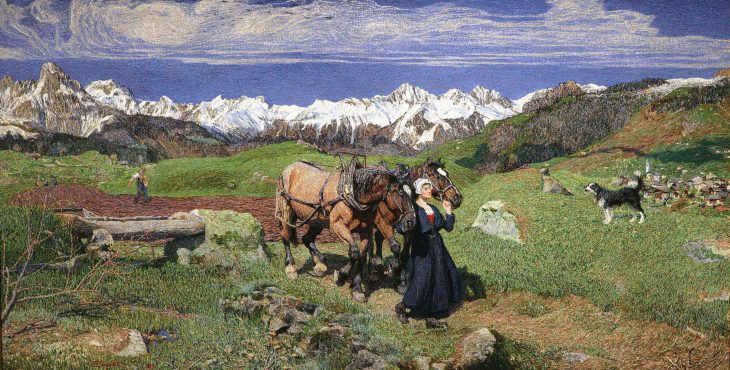
Bodleian Libraries, Oxford
Book coffer (15th century), France
This acquisition by the Bodleian Libraries is one of only around 100 known medieval book coffers. It was likely used for transporting religious texts. On the inside of the lid there is a colourful woodcut print, depicting ‘God the Father in Majesty’, which dates from around 1491. You can take a closer look at the coffer with a 3D digitisation on Oxford University’s Cabinet website.
Book coffer (15th century), France. Bodleian Libraries, Oxford
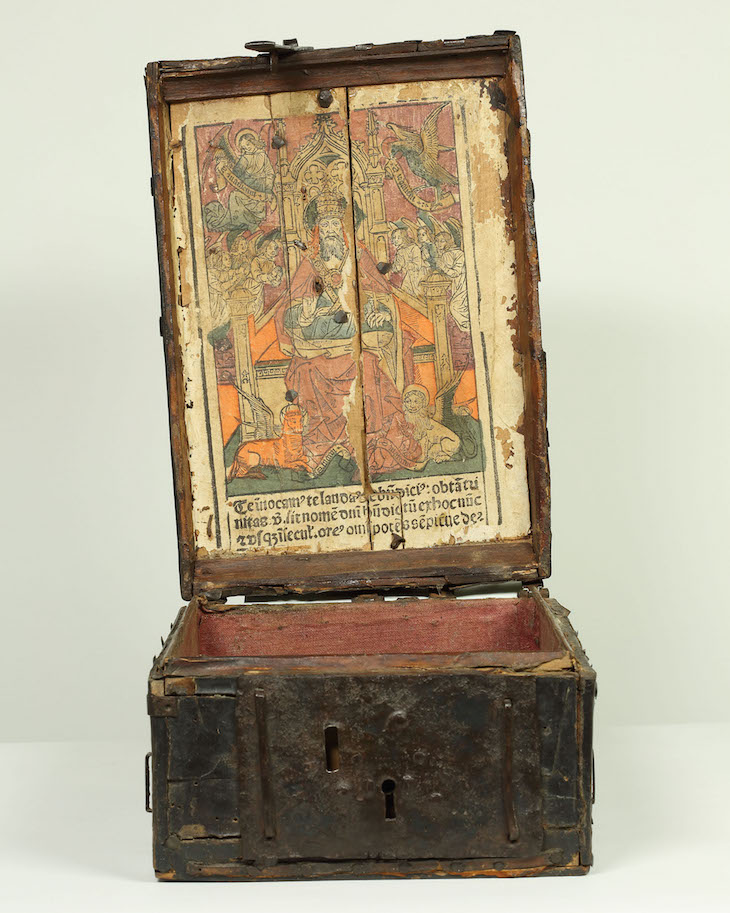
Museum of Modern Art, New York
800 ‘instruction drawings’ by 300 artists
A donation from the collections of Gilbert B. and Lila Silverman, this group of 800 plans, blueprints and notes offers an insight into the studio practice of around 300 artists. They range from the canonical – including Robert Rauschenberg’s diagrams for his White Paintings of the early 1950s – to the lesser known, with 113 artists’ work entering MoMA’s collection for the first time.
Instruction Drawing for Otterlo Show Wall Sculpture (1976), Donald Judd. Photo: © 2019 Judd Foundation/Artists Rights Society (ARS), New York
